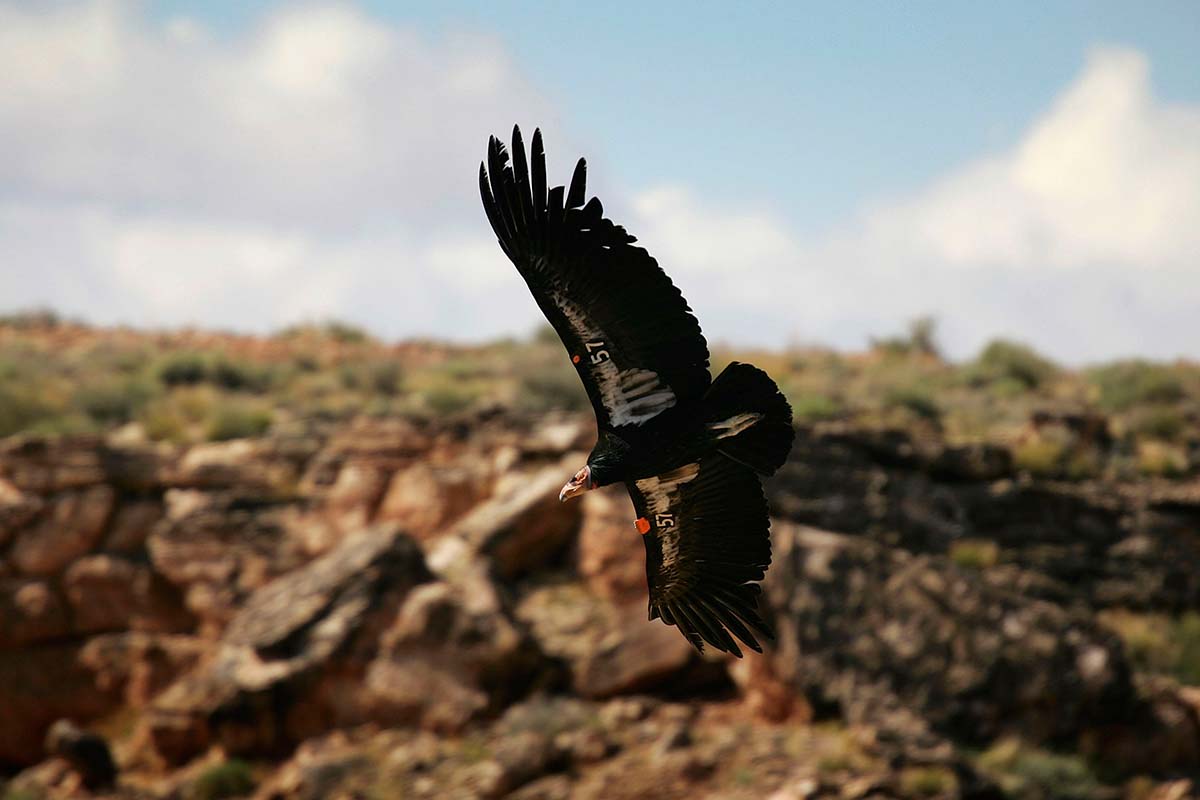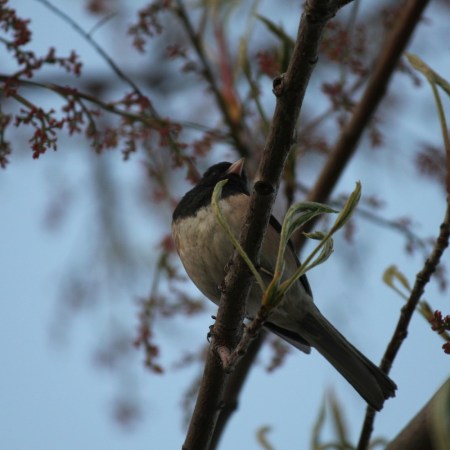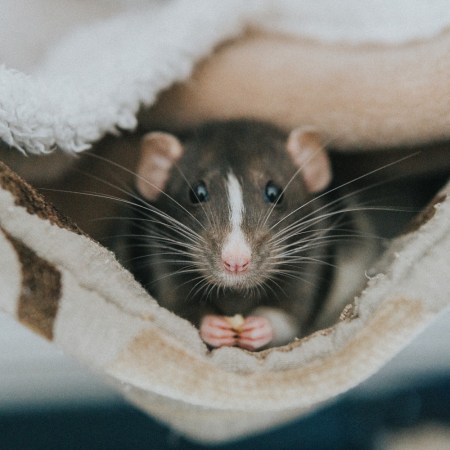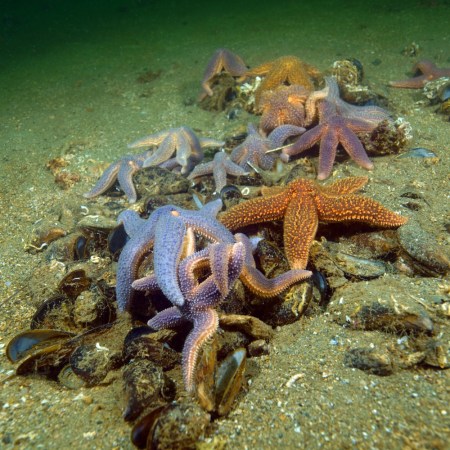Wildlife officials confirmed last week that the California condor was spotted in Sequoia National Park this past May. It marks the first time in nearly 50 years that the vulture — North America’s largest land bird, with a wingspan of almost 10 feet — has been spotted in the park, as the Los Angeles Times reported.
The milestone is massive for biologists in the U.S. Fish and Wildlife Service, who have been leading the recovery process for the condor since 1987, when the bird was officially classified as “extinct in the wild.” While the condor once dominated the entire North American landmass (the bird inhabited everywhere from western Canada to Florida, and feasted on the remains of woolly mammoths and giant ground sloths), it grew confined to California as European settlers arrived, and took refuge in another, ancient organism: giant sequoia trees.
But even that home eventually came under attack. California condors eat the bodies of dead animals, and that food group can often include the remains of game hit by lead-based ammunition. Decades of lead consumption brought about wide-scale poisoning in the vulture’s already-dwindling population. When the captive-breeding program began, in an effort to bring the condor back, there were just 23 left.
The Los Angeles Zoo and San Diego Wild Animal Park have steadily released condors back into the wild since 1992, while facilitating reproduction with the help of a dedicated team of “citizens, biologists, government and non-government agencies,” according to the National Park Service. The wild population has now ballooned to 340 birds, last year the recovery program welcomed its 1,000th chick, and officials are hard at work educating area hunters on the importance of using non-lead bullets.
But the fact that the bird has made it home, all the way north to Sequoia National Park (after years of release in Southern California, and subsequent spottings in Arizona, Utah and Baja California) is the ultimate sign that these efforts are working. Head here to check out some photos of the condor’s return.
Subscribe here for our free daily newsletter.
This article was featured in the InsideHook SF newsletter. Sign up now for more from the Bay Area.



















